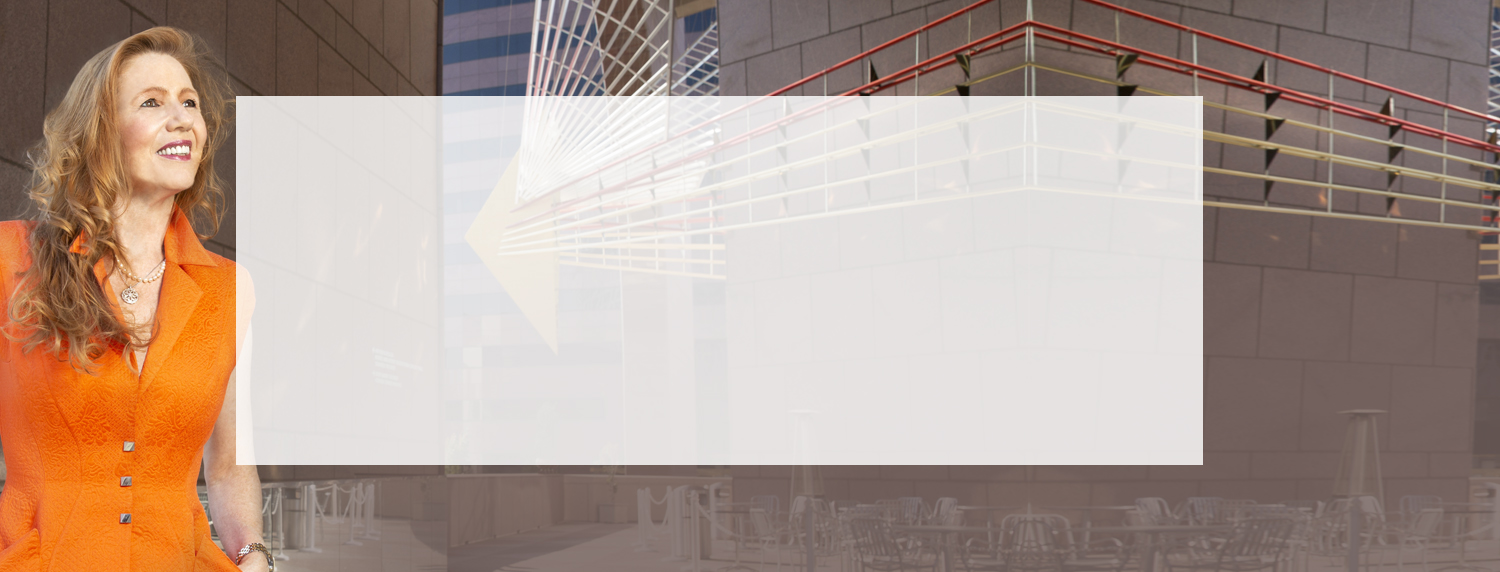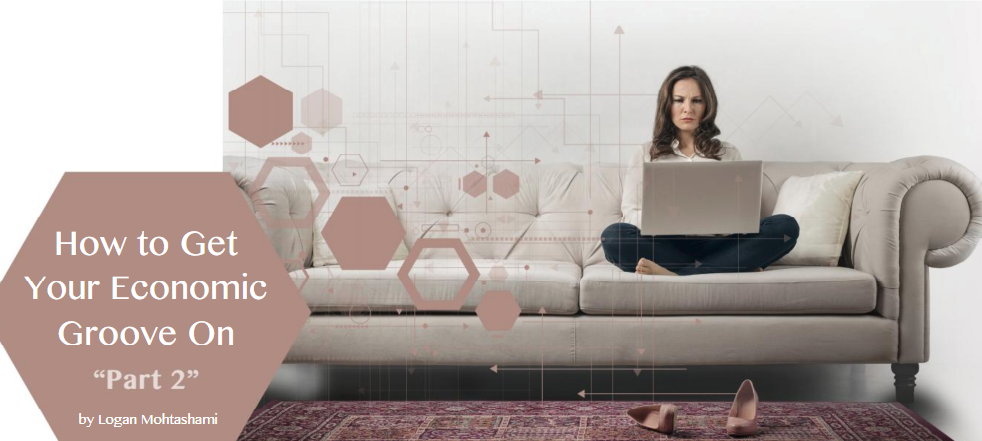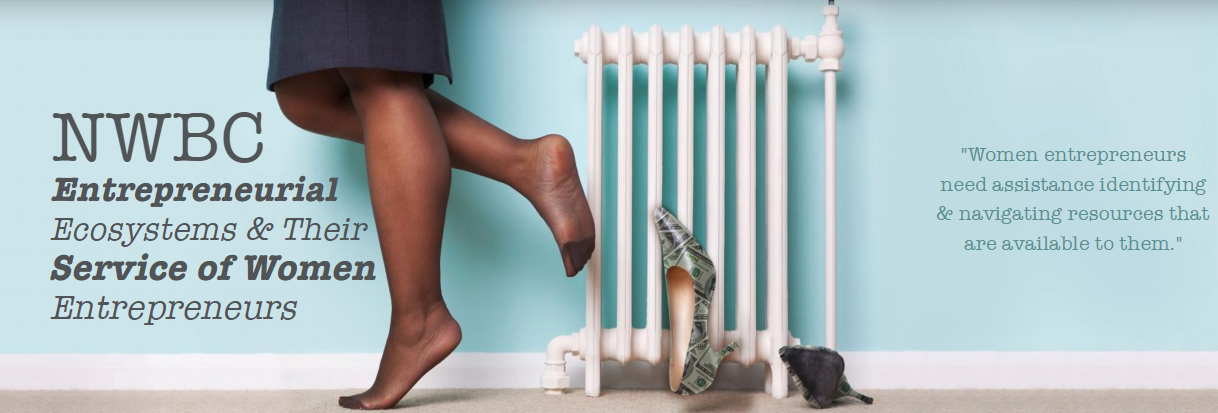Once upon a time, a girl asked me to show her my extra bone at a basketball camp in Philadelphia.
Once upon a time, as the only black girl on the track team, my teammates wondered why didn’t I wash my hair everyday? They of course, wanted to feel it.
Once upon a time, a car full of boys threw a drink at my Cuban boyfriend and me in Maryland and yelled racist epithets.
Once upon a time, during my first week in college at Rhode Island, I attended a fraternity party and was asked where my watermelon was, and when was I going back to Africa?
Once upon a time, as a Senior Trainer at an IT company, men walked out of a mandatory training class and call me a Yankee in SeaTac and Atlanta.

Know an Incredible Woman Preserving the
Quality of Life During COVID-19?
Submit your story today!
Read More

Consulting & Branding Opportunities
Grant your business access to insider,
proven knowledge to improve the quality of your procured
services and maximize business performance.

If you need D&I
Contact Us!
A Team Focused on Bring Diversity and Inclusion to Every Level
Learn More

#1 Top Real Estate Influencer
Desiree Patno
Diversity & Inclusion, Quality of Life, Know the Rules of the Game ®
Your Next Event
Grow Your Business
NAWRB: An SBA Resource
NAWRB is listed as a women-owned business resource for the SBA.
Check It Out
NAWRB Aging Population
Help Protect Elders
from Financial Abuse
Over $36.5 billion a year is lost annually in the U.S.
Prevent Financial Abuse

Women's Homeownership:
Dream. Stability. Sanctuary.
Life often presents us
with unplanned disruptions.

AI Technology
with
a Human Touch
Is
The Perfect Balance


NAWRB Women's Global Resource Center
A women’s depository for vendors & clients to grow their diverse spend & increase women’s employment at all levels within the housing ecosystem.

Monthly Archives: June 2017
5 Cities Working to Preserve Affordable Housing
With rising housing costs, renters across the United States are struggling to find affordable housing. Millennials—who comprise half of all renters—have to balance appreciating rents with high student loan debt and low wages. The availability of affordable housing is paramount, as it allows Americans to save money, provide stability for their families and create better lives.
Pendo Executive Alicia Branstetter Receives NAWRB’s Roaring Thirty Award
LEE’S SUMMIT, Mo., June 19, 2017 (SEND2PRESS NEWSWIRE) — Pendo, a nationwide appraisal management company, announced that Alicia Branstetter, the company’s vice president of marketing, has received the NAWRB (National Association of Women in Real Estate Businesses) Roaring Thirty Award.
Continue reading →
Desirée Patno, NAWRB CEO & President, Nominated for the LA Business Journal’s 2017 Women’s Summit Awards!
NAWRB is excited to announce that Desirée Patno, our CEO & President, is an award nominee for the 25th Annual 2017 Women’s Summit hosted by the Los Angeles Business Journal!
Happy Father’s Day 2017!
NAWRB would like to wish a happy Father’s Day to all the dads this Sunday, June 18, 2017. The idea for Father’s Day started in 1909 with Sonora Dodd, who wanted to honor her father, a widowed Civil War veteran. In 1966, President Lyndon Johnson issued a presidential proclamation designating the third Sunday in June as Father’s Day.
Attracting Millennials into the Housing Ecosystem
Millennials have this enigmatic aura around them. Older generations scratch their heads trying to make sense of them as if they are extraterrestrials with green-and-white colored coffee cups in one hand and smartphones in the other, who bond by laughing together over memes on Instagram.

Millennials comprise individuals between 18 to 34 years old, and, according to a Pew Research Center poll, they are “the single largest generational segment in the United States.” Huffington Post states they are also the most ethnically diverse generation so far, most likely to have lived in more urban areas than their predecessors. While a majority are employed, a third of Millennials are still pursuing various education levels, which means that their spending power will only soar over time.
Just as those in the industry may feel clueless about this nascent, yet influential, generation, Millennials are just as oblivious about the opportunities available to them in this business sector. We look to provide some insight on how to bridge the gap separating Millennials from the housing ecosystem, an invaluable pairing in increasing diversity in the industry.
To figure out how to make the industry stand out to college students gearing to enter the labor force, we must first understand what they want from their jobs. The Harvard Business Review characterizes Millennials as “job-hoppers” and “the least engaged generation,” both of which contribute to their requirements for job satisfaction.
Continue reading →
How to Get Your Economic Groove On, Part 2
While the Internet offers a plethora of primary data sources that can be tapped to gain a better understanding of economics and the housing market, along with them come even more sites offering interpretations of those primary data sources. While some of these sites may seem to serve an educational purpose, and in fact be helpful in navigating the complex world of economics, be wary of any overt or hidden agenda. It is a simple fact that in our capitalist society most internet sites exist to make money for some individual or industry; be cognizant of this fact any time you are reading interpretations of primary data.
For example, in the NAR news release on September 2016 existing home sales, Lawrence Yun, the NAR chief economist is quoted as saying, “Inventory has been extremely tight all year and is unlikely to improve now that the seasonal decline in listings is about to kick in. Unfortunately, there won’t be much relief from new home construction, which continues to be grossly inadequate in relation to demand.”
That inventory is too low to support demand is not data—it’s interpretation of data. I, for one, have provided a different interpretation of this data. I believe and have provided substantial, evidence-based analysis that housing demand is not strong and low inventory is not holding it back. We had more annual monthly supply inventory from 2012-2016 than any period from 1999-2005 when interest rates and sales were higher. Interest rates have been under 5 percent since early 2011 and still the demand for both new and existing homes has been light. My recommendation: absorb the data, read the various interpretations, then think it through for yourself.
Continue reading →
Leadership Lessons on Women in the Real Estate Businesses
Women influence much of the business world today, and this is increasingly true when it comes to the business of real estate. In fact, the 2016 NAR Member Profile reveals that 62 percent of all REALTORS® are women.
In my role as president of Leading Real Estate Companies of the World®, I have had the privilege of witnessing firsthand the overall growth in women leaders across our 550 brokerage firms worldwide, many of which were founded by women. Of the LeadingRE member brokerages in the U.S., 28 percent of owners and CEOs are women (117 of 435 U.S. members).
Of course, not all women are alike, but studies have shown that we share some common traits that position us for business success. Business is both art and science, and our ability to balance the art (style and relationships) with the science (knowledge and competence) can be a powerful formula. Women are opportunity experts, asking “What if?” and then, “Why not?” We can multitask while remaining focused on the prize and are less inclined to let ego get in the way. We are networking experts, relationship builders and artful communicators, with keen emotional intelligence. We have a “Get It Done” mindset of initiative and efficiency.
In addition to these talents, the fact that women consumers play such a powerful role in purchasing
decisions makes it incredibly beneficial to have women in roles selling or managing consumer experiences—because no one understands other women like we do. Women drive the consumer market, so having women in business roles who understand women consumers is just good business.
While it’s easy to make a case for hiring women in real estate, it is similarly easy for talented women to choose a real estate career for many reasons. The work hour flexibility can be less challenging for working moms. Value is related to production, and with less of a “glass ceiling” phenomenon, the earning potential is unlimited.
There are many paths to take in a real estate career, so those interested should have a clear vision of their aspirations. Is the desire to be a top sales producer, which can be more lucrative than management? Or, is there more of an interest in pursuing a leadership role—whether in sales management, general management or, eventually, owning a brokerage? Is the motivation to ultimately retire from a great career with retirement income, to achieve industry recognition or to double your earnings?
Continue reading →
NWBC Entrepreneurial Ecosystems & Their Service of Women Entrepreneurs
Women entrepreneurs are on the rise, and they are leaving their footprint on the nation’s economy. In 2012, the U.S. Census Bureau reported an estimated 9.9 million women-owned firms, 35.8 percent of all U.S. firms classifiable by gender, and the total estimated receipts from those firms was $1.4 trillion.
Nevertheless, women-owned businesses are still an underrepresented segment in the economy and require support for their continued growth. The National Women’s Business Council (NWBC) is providing insight on how federal and regional stakeholders can help.
In April of this year, the NWBC released Entrepreneurial Ecosystems & Their Service of Women Entrepreneurs, a research report conducted with Washington CORE, which analyzes local entrepreneurial systems to identify influential actors and mechanisms that aid, or present a barrier to, the support and growth of women-owned businesses.
The report utilizes the “entrepreneurship ecosystem” model, which Washington CORE defines as “a set of interconnected entrepreneurial actors, entrepreneurial organizations, institutions and entrepreneurial processes which formally and informally coalesce to connect, mediate and govern the performance within the local entrepreneurial environment.”
This approach, the report explains, “emphasizes the importance of the overall environment within which an
entrepreneur establishes and grows her business,” helping us understand the resources she can leverage, as well as gaps within the economy that may hinder her.
Continue reading →
Is the Mortgage Industry Painting with too Broad a Brush?
Becoming a homeowner helps safeguard a person’s professional achievements and can pull them out of poverty. However, current mortgage lending trends show that a significant portion of Americans are being all but excluded from homeownership by stringent credit-assessing practices leading to mortgage rejections.
The Great Recession, which saw nearly 8 million American homes fall into foreclosure, highlighted the risks and issues in housing boom mortgage lending; it was this financial crisis that set the scene for the Dodd-Frank Act of 2010, which imposed rigid standards for home loan qualification.
Recent research by Alberto Rossi and Francesco D’Aunto, assistant professors of finance from the University of Maryland’s Robert H. Smith School of Business, shows that following the passage of Dodd-Frank, mortgages obtained by middle-class households decreased by 15 percent. Aiming to protect the economy, financial institutions and prospective homebuyers, these regulations have at times overburdened the mortgage process, leaving Americans stagnant in their journey to a better future.
When it comes to lending, is the mortgage industry painting with too broad a brush?
Minorities
Pew Research Center data reveals that Black and Hispanic homebuyers experience significantly higher difficulty obtaining conventional mortgages than whites and Asians, and usually pay higher interest rates when they are approved. Mortgage rejection is one contributor to the homeownership rate disparity of Black (41.3 percent) and Hispanic (47 percent) households in comparison with white households (71.9 percent).
According to Pew Research Center analysis of Home Mortgage Disclosure Act (HMDA) data, in 2015, 19.2 percent of Hispanic applicants and 27.4 percent of black applicants were denied mortgages, compared to 11 percent of white and Asian applicants. For Blacks, credit history is the number one cited reason for mortgage rejections; for the three other groups, debt-to-income ratio was the foremost explanation.
Contributing to lower affordability, mortgage rates also enact an uneven impact on homebuyers. In 2015:
• 60 percent of Black householders and 65 percent of Hispanic householders had mortgage rates below 5 percent, compared to 73 percent of white householders and 83 percent of Asian householders
• 18 percent of Hispanic householders and 23 percent of Black householders had mortgage rates of 6 percent or more, compared to 13 percent of white householders and 6 percent of Asian householders
In addition to these mortgage difficulties, an emerging trend is a significantly smaller and less diverse mortgage applicant pool. Pew reports that in 2005, about 10 percent of conventional mortgage applications were from Black households, and 14 percent came from Hispanic households. In 2015, less than 4 percent of these applications came from Black households, and fewer than 7 percent were from Hispanic households.
The inequality in mortgage accessibility and interest rates is formidable, meaning that a disparate amount of Black and Hispanic households are unable to achieve homeownership like their white and Asian counterparts. One issue that must be understood in order to successfully navigate the future of the industry is the reason behind the sharp decline in conventional mortgage applications.
Is poverty the main factor?
U.S. Census Bureau data shows that poverty levels of Hispanic and Black households are actually decreasing. From 2014 to 2015, Hispanic poverty level declined from 23.6 to 21.4 percent, and the median annual income of Hispanic-origin households rose 6.1 percent, from $42,540 to $45,148. Similarly, the poverty level of Black households decreased to 24.1 percent from 26.2, and their median annual income increased 4.1 percent, from $35,439 to $36,898.
Are Americans losing the desire to own homes?
While the role of poverty cannot be underestimated, it is necessary to assess the other aspects at play. As recent U.S. Census Bureau data affirms, the 63.6 percent homeownership rate in the first quarter of 2017 was not statistically different from the 63.5 percent rate in the first quarter of 2016 or the 63.7 percent rate in last year’s fourth quarter.
This means that in the past year, the homeownership rate has neither worsened nor improved, but it has been on a steady decline since 2006. Mortgage rates, which have hit historic lows in recent years, add another piece to the puzzle.
According to the Federal Housing Finance Agency (FHFA), the average interest rate on all mortgage loans increased in December (3.91 percent), January (4.17 percent) and February (4.25 percent) before dropping 13 basis points in March (4.12 percent). The FHFA House Price Index (HPI) also reveals that home prices went up 6.2 percent from the fourth quarter of 2015 to the fourth quarter of 2016. The flex in interest rates and rising prices could be outweighing the benefits of homeownership for prospective buyers.
 Women
Women
Women are another market expressing uncertainty towards the housing market. Like minorities, women face roadblocks when procuring mortgages. A new study from the Urban Institute, Women Are Better than Men at Paying Their Mortgages, describes that when examining loan performance for the first time by gender, women’s lower credit scores do not indicate weaker performances, and women actually perform better than men. The report found that female-only borrowers actually default less than male-only borrowers. For mortgages originated from 2004 to 2007, the default rate for female-only borrowers was 24.6 percent, compared with 25.4 percent for male-only borrowers.
Despite this repayment performance, single borrowers, particularly women, have higher mortgage rates; from 2004 to 2014, the average rate for female-only borrowers was 5.48 percent compared to 5.41 percent for male-only borrowers. A 2011 Journal of Real Estate Finance and Economics study also shows that on average, women pay more for mortgages than men; women’s mean interest rates are .4 percent higher than men’s. While the repayment figures are not statistically different, women perform on par with men, emphasizing the lack of evidence-based explanation for the higher mortgage rates women experience.
In some demographics women even depict higher homeownership rates than men. In 2015, the homeownership rate of female householders in 1-person households was 24.56 percent higher than the homeownership rate of male householders in the same category, according to Census Bureau data on national household demographics.
There remains the question; do women want to become homeowners? When analyzing the benefits, homeownership may not be a desired step, especially if women are single and have only one paycheck. With lower incomes and higher mortgage rates, women experience a tougher time paying back their loans, and their interest rates make accumulating wealth through homeownership a discouraging task. It isn’t difficult to recognize that for some women, homeownership can seem like a more prudent step in the future.
Credit
On the road to access mortgages, Americans’ relationship with banks is often center stage. The FDIC’s 2016 biennial National Survey of Unbanked and Underbanked Households shows:
• 7 percent of households were unbanked, having no account relationship with an insured institution
• 19.9 percent of households were underbanked, encompassing households in which a person had a bank account, but still resorted to alternative financial services providers throughout the year
• The survey found that 27 percent of households, or 90 million Americans, were unbanked or underbanked
• The following segments have a higher probability of being unbanked or underbanked
o 42 percent of households with incomes below $30,000 per year
o 49 percent of African American households
o 46 percent of Hispanic households
o 46 percent of households headed by a working-age individual with a disability
Without a solid baking relationship, it is hard for a person to have credit scores that satisfy current mortgage lending standards. Unbanked and underbanked describes millions of families in the United States, meaning millions of people without the benefits of homeownership and an economy missing out on their buying power.
The recent Bankrate Financial Security Index found that only 52 percent of Americans have more money in emergency savings than credit card debt, and 24 percent have more credit card debt than emergency savings; 17 percent remain in the middle with no savings or debt. These figures emphasize the importance of protecting what little savings consumers have. As the U.S. continues to recover from a recession that saw millions of people’s homes and life savings slip out of their hands, the need for banks and financial institutions that protect consumers’ savings through sound financial practices is paramount.
Irresponsible lending led to the worst recession in recent history, but stringent standards are effectively preventing Americans from accessing mortgages, homeownership, and creating better lives. People capable of repaying home loans should be allowed the opportunity to do so, and those not in a position to obtain mortgages need to make the necessary changes to situate themselves for homeownership, such as opening a bank account. With rising prices, unpredictable interest rates and a stagnant homeownership rate, actions need to be mindful in order to empower today’s American homebuyers and would-be homebuyers.


 Login
Login












